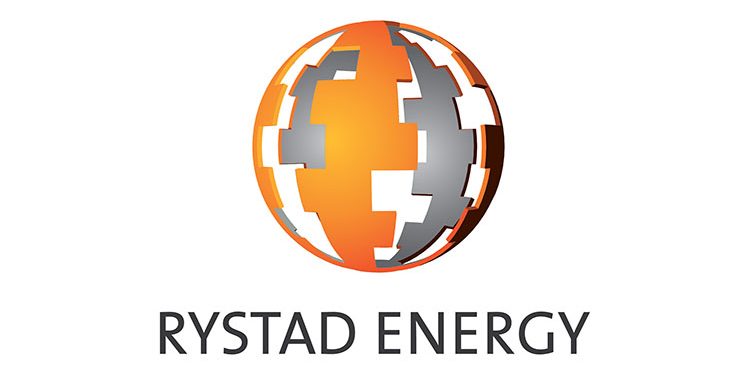Rystad Energy: Additional Note on the Coordinated SPR Release
Today’s events are unprecedented at scale when looking at the recent history of the oil market. It is the first time that these countries, including China, conduct a coordinated release.
The last time we saw a similar coordinated plan was during the Libya civil war in 2011, when IEA countries moved to release reserves together, but it was excluding China.
The total stock release numbers could exceed 60-70 million barrels based on what we know now, which warrants attention on the drawdown rate of such release.
The technical maximum drawdown rate of the US SPR is about 4.4 million barrels per day, but since 2000 the maximum observed drawdown rate has been less than 1 million bpd (6 million barrels for one week) which happened in 2000 and 2011.
Assuming there is large appetite for these barrels, and the drawdown is around 1 million bpd, the SPR release could provide additional “supply” to the market from government stocks for approximately 60 days or slightly more, which would be somewhat significant in a ~80 million bpd global crude market – but only for a couple of months.
If the drawdown occurs over several months, the supply additions from storage would be even smaller in size on a daily average basis. For comparison, OPEC+ plan includes adding 0.4 million bpd per month.
However, as normally happens from finite SPR releases, and given that the news has been rumored for several weeks, the market reaction may be quite muted.
Moreover, in addition to a muted effect on flat price, we also expect a flattening of the curve, as parts of the SPR release will need to be replenished again down the line, although spread out over time.
The spot price premiums versus deferred prices may be most impacted, but not necessarily as much the price level in the market itself, which also depends on what approach OPEC+ will take to this decision, at their upcoming meeting on 2 December.
For drivers wondering if gasoline prices will get lower as a result of the SPR release in the US, the reality is that this may not happen at all, or only with a significant lag time.
Firstly, the stock release, especially by the US and possibly China, will be in crude barrels.
For this to impact gasoline supplies, it must result in higher gasoline production from refineries which could only happen with a lag and in a case that margins improve while refiners expect gasoline demand to develop positively in the near term.
The million dollar question is how OPEC+ may respond to this move.
We expect OPEC+ to discuss their production agreement in more detail next week, and this latest development will clearly play into the design of any new production agreement, in addition to the uncertainties about the demand outlook.
The coming OPEC+ meeting is to be watched closely as it could offer an interesting supply poker game ahead. If the move is seen as aggressive by OPEC+, the group could in theory even cut back supply into January to maintain its profits.







